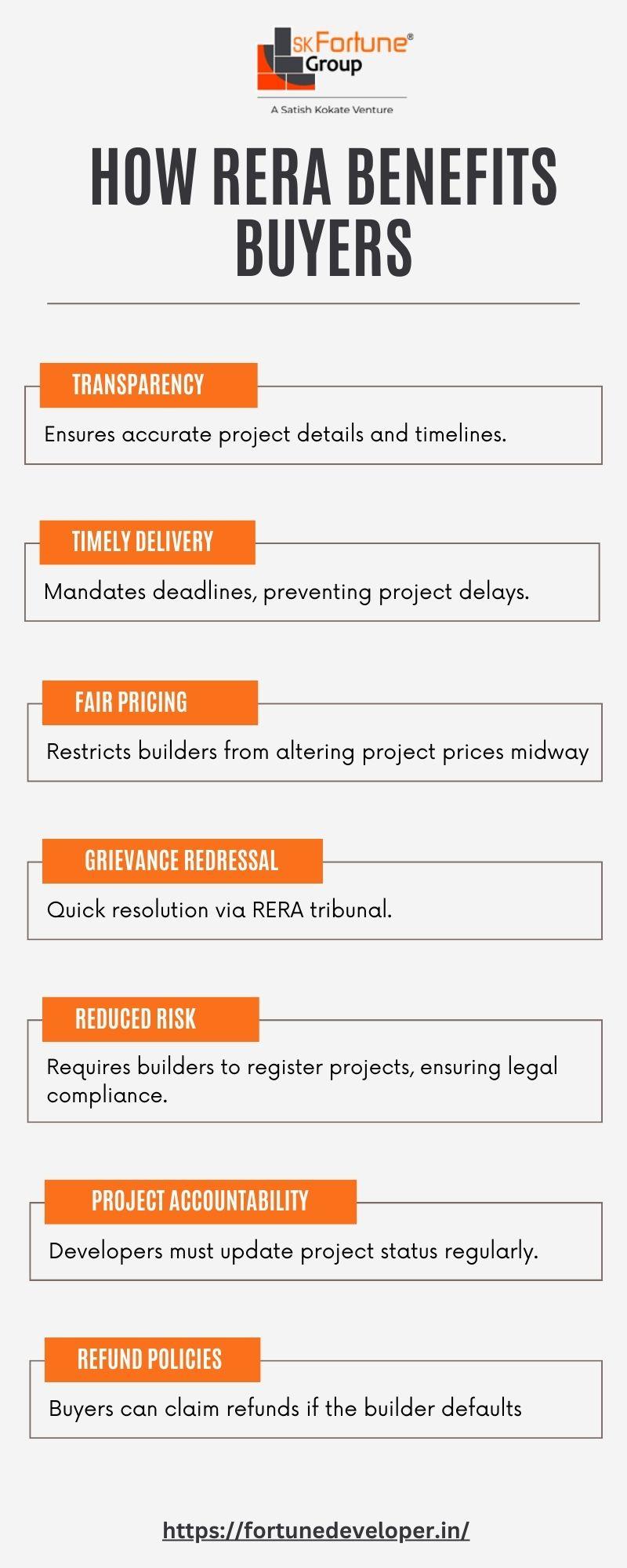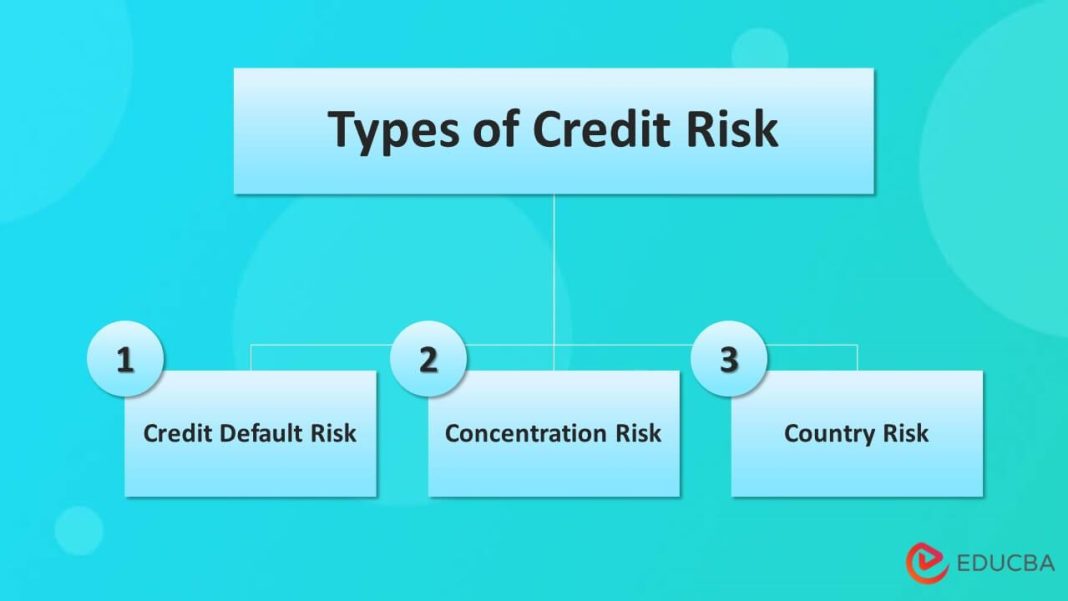In the shadowy underworld of financial deceit, where cunning minds orchestrate elaborate schemes, the failure to detect fraud is not merely an oversight—it is a catastrophe waiting to unfold. Like a silent predator, undetected fraud prowls through the corridors of commerce, eroding trust, siphoning resources, and leaving a trail of devastation in its wake. This article delves into the perilous consequences that arise when vigilance falters and fraudulent activities slip through the cracks. With an authoritative lens, we will explore how the inability to unmask these financial specters not only undermines the integrity of institutions but also inflicts profound damage on economies and societies at large. Prepare to journey into a realm where the stakes are high, and the cost of negligence is nothing short of monumental.
Unveiling the Hidden Costs of Ignored Fraudulent Activities
In the shadowy world of undetected fraud, the costs extend far beyond immediate financial losses. Ignoring fraudulent activities can lead to a cascade of hidden consequences that undermine the very foundation of businesses. Companies may face a severe erosion of trust, as stakeholders and customers begin to question the integrity of the organization. This skepticism can result in lost business opportunities and diminished brand reputation. Furthermore, undetected fraud can breed a toxic culture within the company, where unethical behavior becomes normalized, potentially leading to increased employee turnover and a decline in morale.
- Regulatory Penalties: Failing to address fraud can result in hefty fines and legal actions, as regulatory bodies clamp down on non-compliance.
- Operational Disruptions: The aftermath of fraud often requires extensive audits and investigations, diverting resources from core business operations.
- Competitive Disadvantage: While competitors innovate and grow, companies bogged down by fraud issues may find themselves lagging behind.
These hidden costs serve as a stark reminder of the importance of robust fraud detection mechanisms. Businesses must prioritize vigilance and proactive measures to safeguard their future and maintain their competitive edge in an increasingly transparent world.

The Ripple Effect: How Undetected Fraud Erodes Trust and Value
In the intricate web of commerce and finance, fraud often lurks in the shadows, waiting to strike when least expected. Its presence, though sometimes imperceptible, can set off a chain reaction with profound implications. Trust, the cornerstone of any economic system, is the first casualty. As fraud remains undetected, stakeholders—be it customers, employees, or investors—begin to question the integrity of the institution. This skepticism isn’t confined to the immediate victim; it seeps into the broader market, causing a crisis of confidence that can take years to rebuild.
- Erosion of Brand Reputation: A single incident of fraud can tarnish a brand’s image, leading to a loss of customer loyalty and a decline in market share.
- Financial Losses: Beyond the immediate monetary loss, companies face increased insurance premiums, legal fees, and regulatory fines.
- Operational Disruption: Resources are diverted to damage control, hampering productivity and innovation.
The ripple effect of undetected fraud extends beyond the immediate financial and reputational damage. It challenges the very fabric of organizational culture, fostering an environment of suspicion and caution. In this landscape, businesses must remain vigilant, implementing robust fraud detection mechanisms to safeguard their future and restore stakeholder trust.
Mastering Vigilance: Strategies for Robust Fraud Detection
In the relentless battle against fraud, vigilance is your most potent weapon. A robust fraud detection strategy requires a multi-layered approach that adapts to the ever-evolving tactics of fraudsters. Here are some strategies to fortify your defenses:
- Data Analytics: Leverage advanced analytics to sift through vast amounts of data, identifying patterns and anomalies that could indicate fraudulent activity. This proactive approach allows for early detection and swift response.
- Machine Learning: Implement machine learning algorithms that learn from past fraud cases to predict and prevent future incidents. These intelligent systems can adapt to new fraud tactics, ensuring your defenses remain robust.
- Behavioral Analysis: Monitor user behavior to detect deviations from normal patterns. By understanding typical user behavior, you can quickly identify suspicious activities that may signal fraud.
- Cross-Department Collaboration: Encourage collaboration between departments such as IT, finance, and customer service to share insights and strategies. A unified approach enhances your ability to detect and respond to fraud effectively.
By integrating these strategies, businesses can build a formidable defense against fraud, safeguarding their assets and maintaining trust with their stakeholders.
Empowering Organizations with Proactive Fraud Prevention Techniques
Organizations today face an evolving landscape of fraud risks that can lead to significant financial and reputational damage. By implementing proactive fraud prevention techniques, companies can not only safeguard their assets but also foster a culture of trust and integrity. Key strategies include:
- Advanced Data Analytics: Leveraging big data and machine learning to identify anomalies and patterns that may indicate fraudulent activity.
- Employee Training Programs: Educating staff on recognizing and reporting suspicious activities to create a vigilant workforce.
- Regular Audits: Conducting frequent and thorough audits to ensure compliance and detect irregularities early.
- Robust Internal Controls: Establishing clear policies and procedures to minimize the risk of fraud occurring.
By prioritizing these measures, organizations can stay one step ahead of potential threats, ensuring a secure and resilient operational environment.





